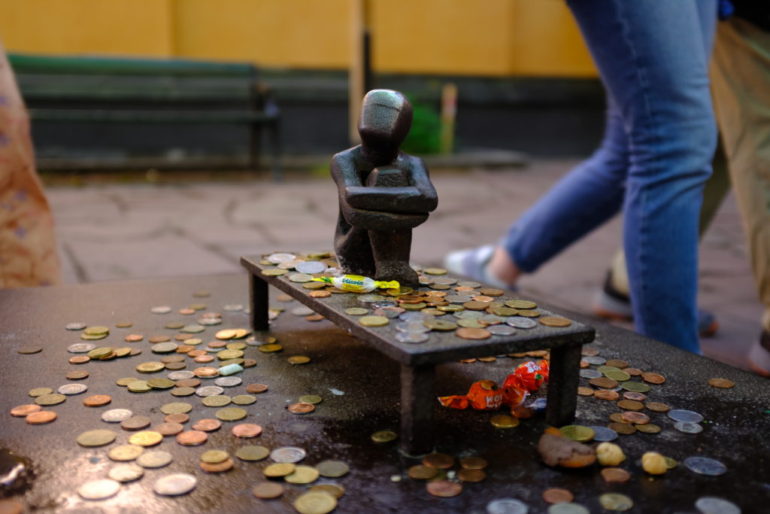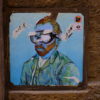In Stockholm, there’s a tiny statue of a boy gazing up at the sky, seemingly engrossed in his thoughts.
He’s sitting on a table that’s a bit bigger than he is, with his arms wrapped around his knees. He receives knitted hats and scarves in the winter. People care for him and rub his head as they pass by.
His name is Järnpojke, or Iron Boy.
Järnpojke draws people in because his size is surprising. We expect public sculptures to be life-size representations of who we are, or monumental depictions of who we aim to be.
Small statues are rare, and that can make them even more powerful.
And similarly, you can find examples of how tiny things can use their size to have a large impact.
One that stands out is the success of Cuties, a brand of seedless and sweet mandarins.
Cuties focus on what makes them different from their larger cousin, the navel orange — that they’re smaller and easier to peel. Because of this, they’ve been able to market themselves as a convenient snack that’s perfect for kids.
Cuties are tiny, and they use that to their advantage.
Elsewhere, there’s also the tiny house movement, a trend that has spread in part because of the shareable photos of small, well designed homes. Or even the popularity that came to videos of tiny hamsters eating tiny food.
It oftentimes feels like we’re endlessly looking to make things larger and grander. But sometimes, tiny can be better.


